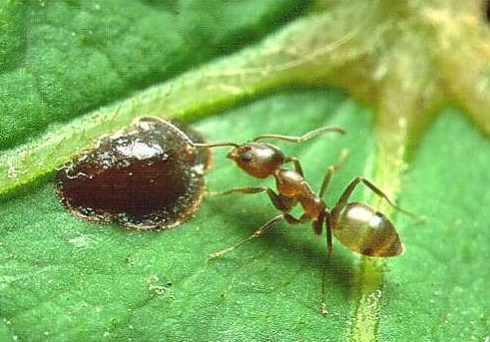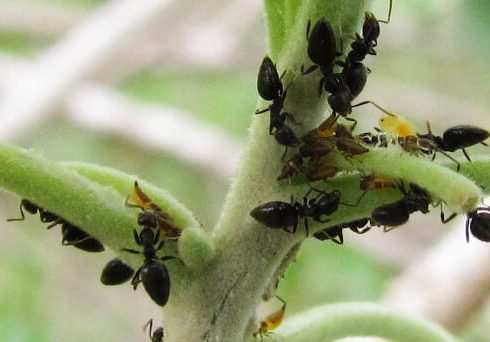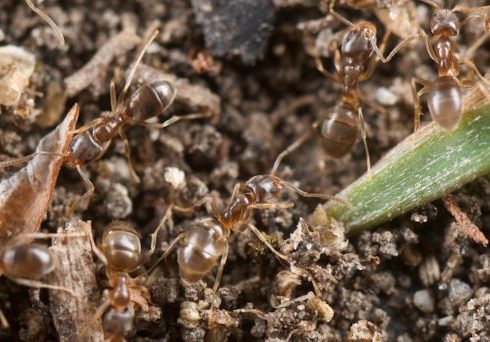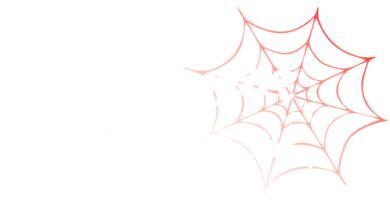Contact us today for a free no-obligation quote
Ants
New Zealand has about 40 species of ant. Only 11 of these are native, with 29 being accidentally introduced (mostly from Australia which has about 15000 species). The major pest species in New Zealand are all introduced and include Black House, Argentine, Darwin’s and White Footed ants.
Ants form nests within rotting logs, buildings or simply in the ground. Dry, warm locations are preferred and you can often find them under paving slabs on the north side of a house. In late summer, swarms of winged ants emerge to mate and disperse. Ants can contaminate foods and spread diseases; food containing ants should be discarded. Commonly feeding on sweet, sugary foods, some species will feed on meat products.
Black House ants are 2-2.5 mm long and are often mistaken for ‘baby’ White-footed ants. Small, single-file, slow-moving trails of ants can often be spotted when they enter houses. They have a single nest and queen.

Penarc / Creative Commons
The Argentine ant is 2-3 mm long and honey-brown in colour. Often seen in distinctive trails of five or more wide. Can easily climb trees. They link their nests within super-colonies which can extend hundreds of metres.

entophile / Creative Commons
The White-footed ant is found throughout New Zealand. About 3.0-3.4 mm, worker ants are black to dark brown in colour with yellowish-white leg extremities. An infestation can consists of many satellite nests.

Mollivan Jon / Creative Commons
Darwin’s ants remain closely associated with towns/cities and ports. They are about 2 mm long with a dark brown head and light brown legs.Although similar in appearance to Argentine ants, they give off a strong odour when crushed.
The treatment of ants depends on the correct identification of the species to ensure the appropriate control method is used. The location of the nest(s) is also an important step. This can be found be tracking the ants along their scent paths.
Pesticides and bait are often the best treatments outside a house. It is important that bait is taken back into the nest. A perimeter bait spray treatment can also be effective.
